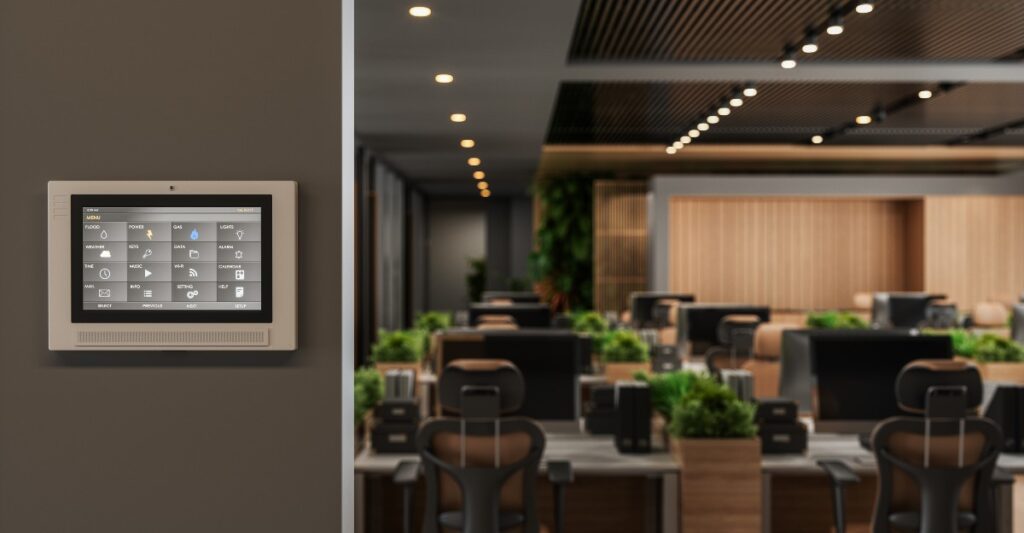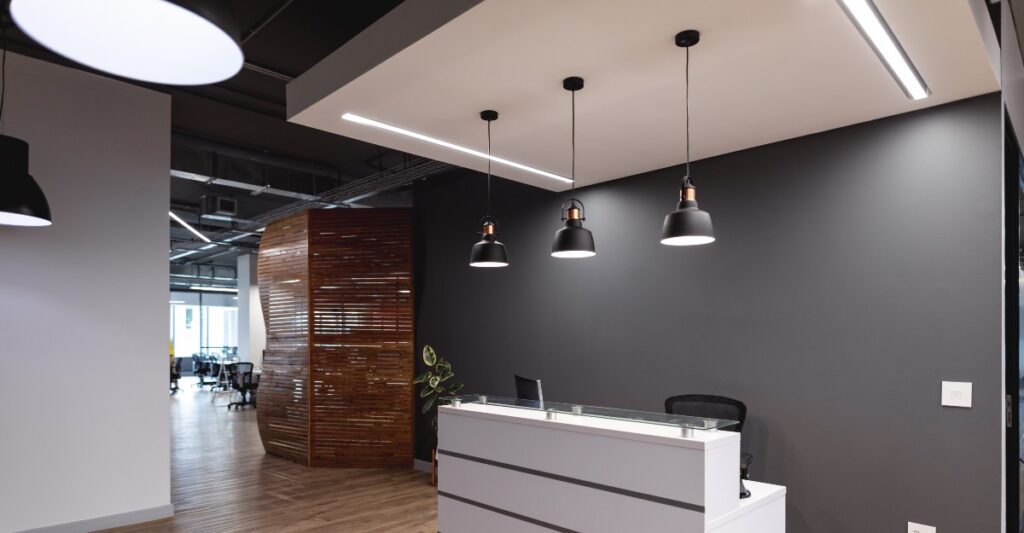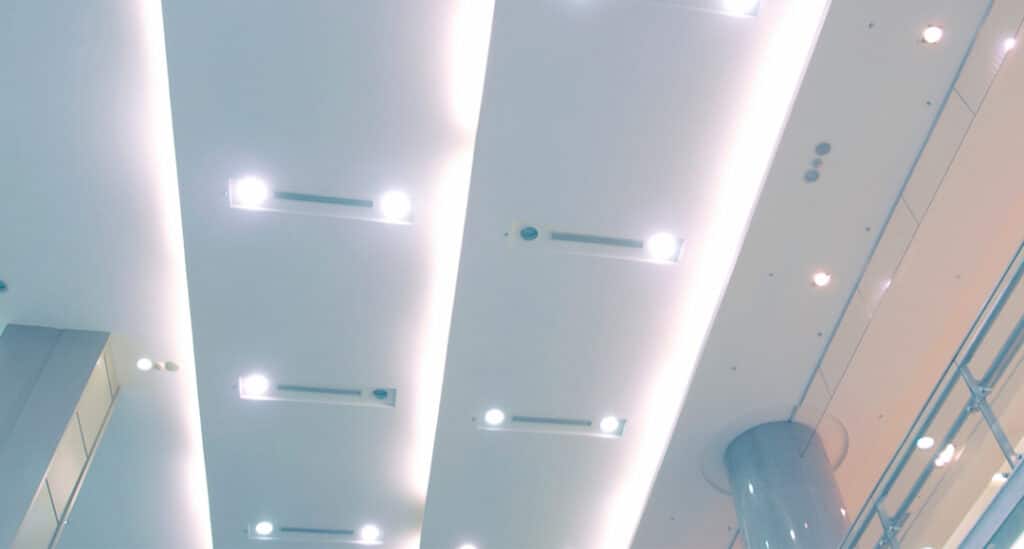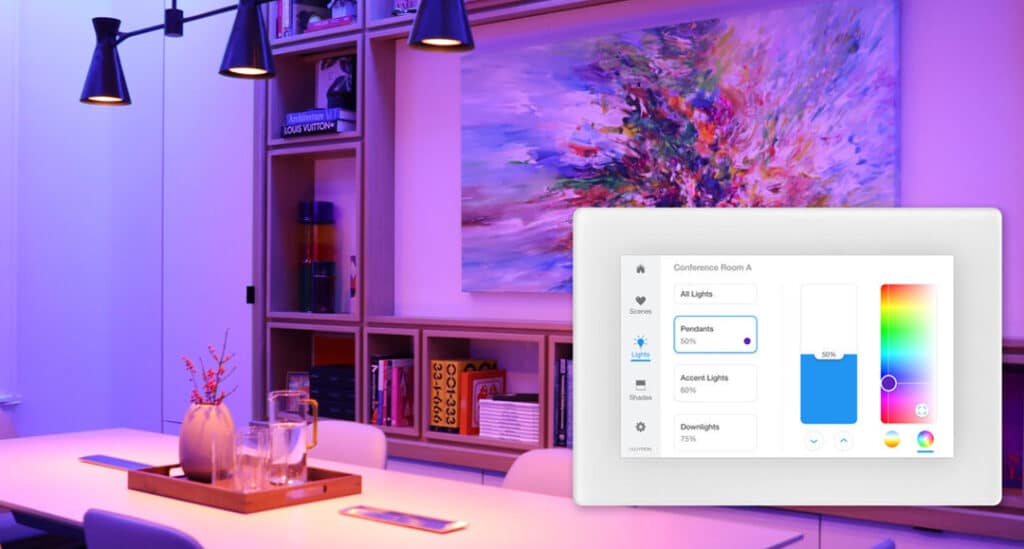
5 Energy-Saving Lighting Controls for Your Commercial Building
Forward-thinking companies are upgrading their old lighting systems with modern controls to save energy and reduce costs.
blog
Stay current on the latest commercial lighting trends with valuable insights, strategies and tips on lighting control systems and solutions.

Forward-thinking companies are upgrading their old lighting systems with modern controls to save energy and reduce costs.

Commercial lighting controls consultants keep the lights on when no one else can. Let’s shine a light on the key roles they play.

What are lighting sweeps, and what are the best ways to use them? In this blog, we answer those questions and more.

Commercial buildings can leverage 0-10V lighting to keep their spaces lit without low voltage. We look at how to troubleshoot 0-10V lighting.

What is digital lighting, and how does it differ from analog? In this blog, we explore why digital lighting is the better option.

Is the Lutron Grafik 4000 still a viable option? See if it’s time to upgrade from the Grafik 4000 and which options to consider.